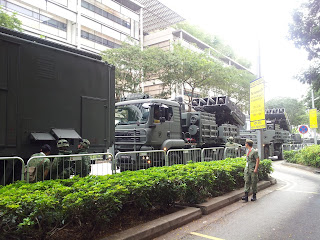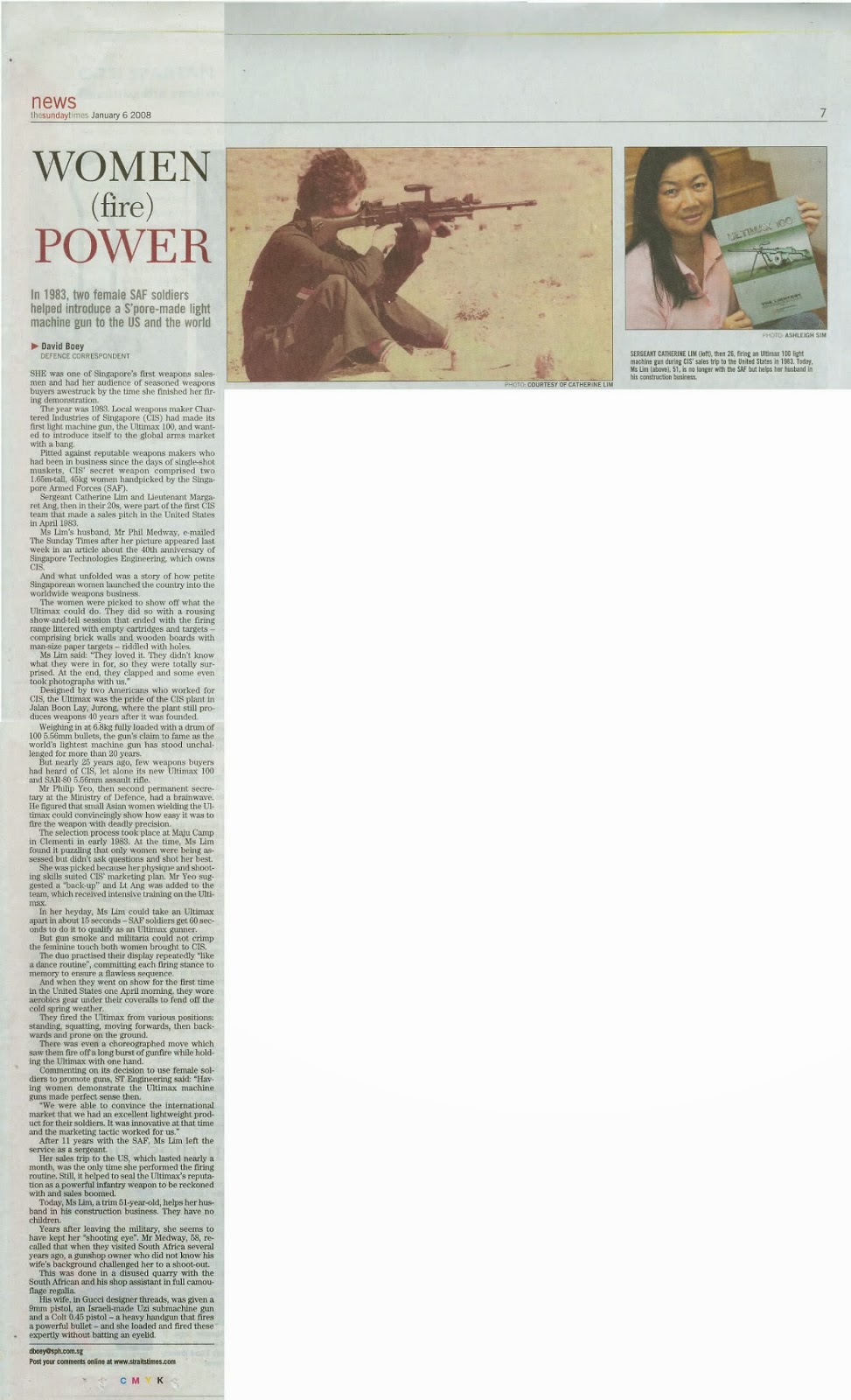How therefore should smaller states and local powers prosecute their goals if a conflict goes hot?
While having alliance partners is useful, and small arms smuggled in by the CIA have become quite de rigeur in recent conflicts, I can't help but think that a steady hand is needed to prevent a loss of agency in an unequal partnership. In the worst case scenario, the government could become nothing more than a proxy, like the Manchurian puppet government in the Second World War.
Even before the situation reaches that stage, local concerns may well be subordinated to wider geopolitics. For example, the US' cut and run in Vietnam came about due to domestic sensibilities.
How, therefore, could this be avoided? Here I am speaking of largely unilateral effort, instead of playing one side against the other, which is also risky.
While obviously there is no one-size-fits-all solution, lots needs to done even before anything kicks off. Some ideas come to mind, such as preparing the "ground" of the local and international arenas for your aims before the conflict, building good PR and actually having a good enough organization to pull that all off, which is mostly common sense. Foreign intervention might even suit some in such cases - limiting myself to Southeast Asian examples, look at East Timor, or Cambodia.
Possibly alliances with other local actors might be useful, although thanks to all parties' limited strength and local concerns this might prove to be more trouble than is worth if there's a lack of a shared vision. Even after masses of aid and government contacts, Saudi Arabia's request for Pakistani involvement in the ongoing Yemeni civil war was turned down, to much frustration from the Saudi front.
In times of conflict, not only are the above needs intensified, there is also the factor of speed - if you can grab an issue by its horns, and come to grips with it swiftly it could be spun off as a done deal rather than a festering sore attracting global attention, media opportunism, and most of all "think of the children" types. Perhaps in this case I'm a believer that possession is nine tenths of the law in international courts.
Speaking of the world system - the UN, ICJ et al, this gets thorny since large powers like the US and European nations hold sway. This may not be so important, since you may simply have to take the risk of being charged for war crimes several decades later, by then presumably the 'war goals' have been accomplished.
In any case - certainly worth sitting down and planning about, rather than simply hoping for Uncle Sam (or Semyon, as the case may be) to drop in and be Big Brother.




.jpg)



